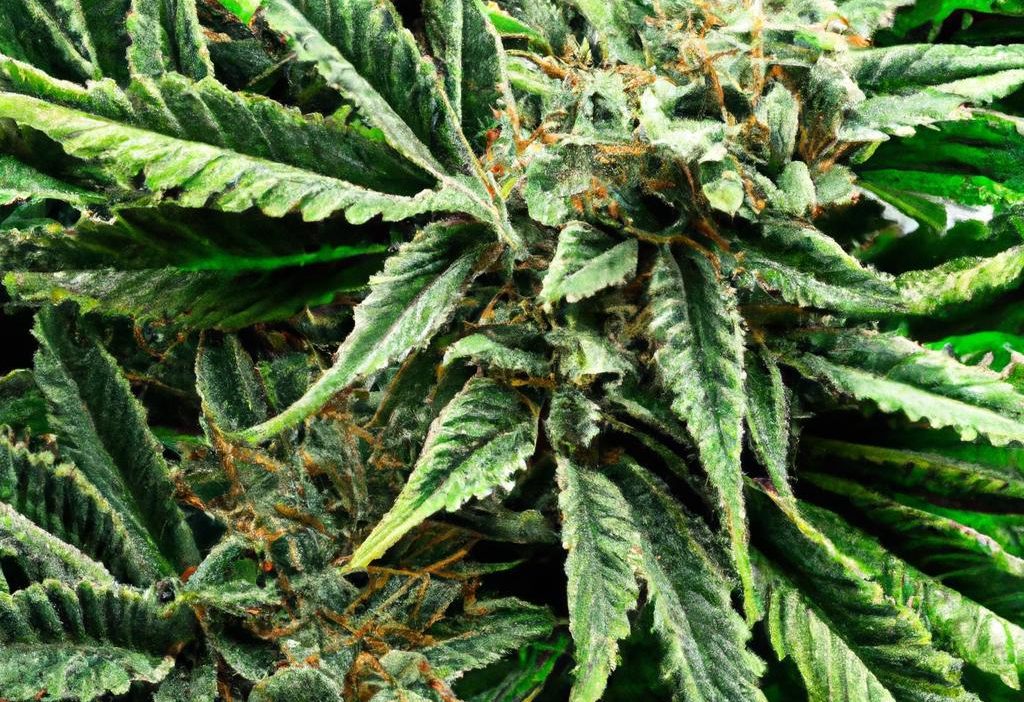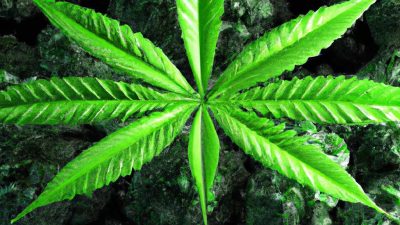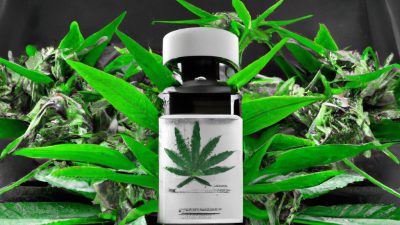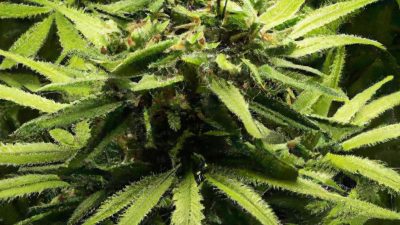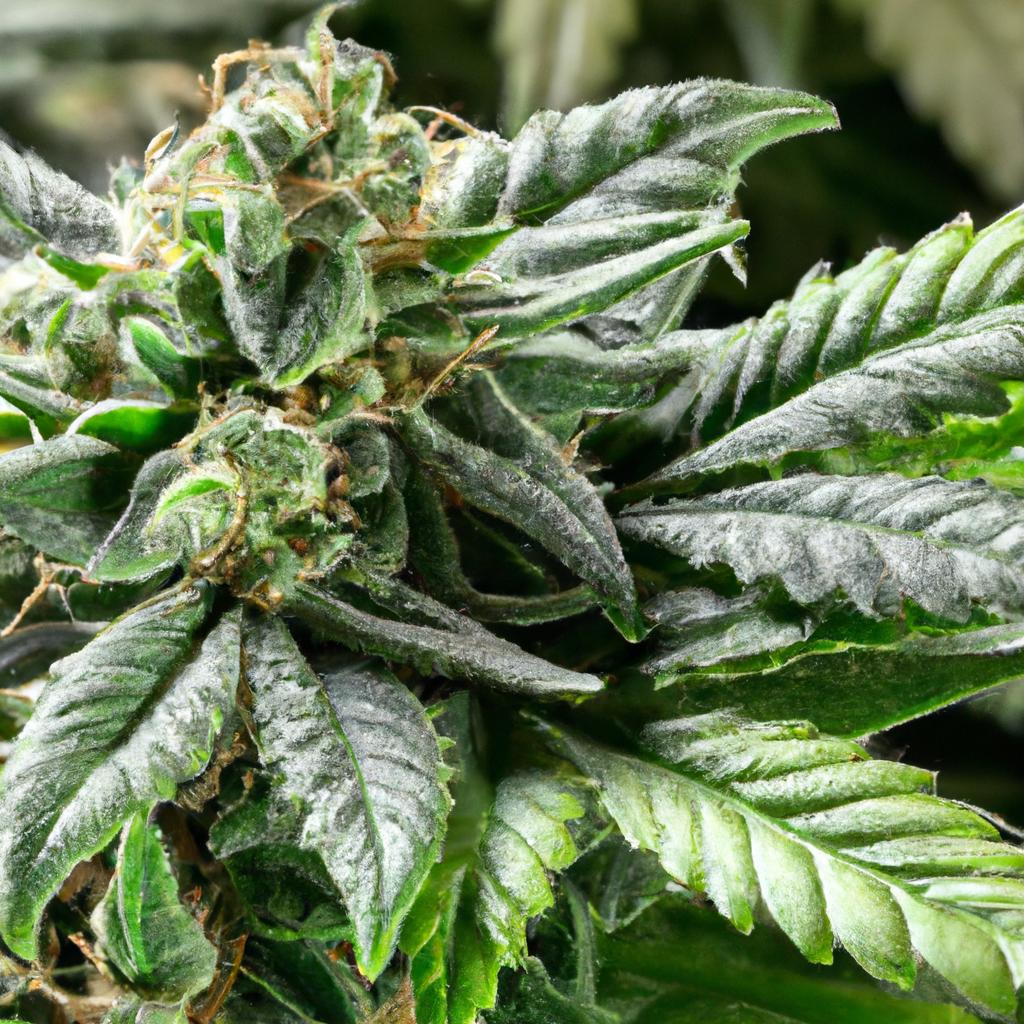
Preserving Terpenes During R134a Extraction: Enhancing Cannabis Extract Quality
The cannabis industry continues to evolve with unparalleled advances in extraction technologies. Among these,R134a extraction stands out as a promising solvent-based method delivering clean,flavorful,and terpene-rich cannabis concentrates. But why is preserving terpenes so crucial during this process, and how can extractors optimize extraction to maintain these delicate compounds?
In this article, we delve into the science and practical approaches to preserving terpenes during R134a extraction. Understanding this sub-topic within the broader theme of cannabis processing and cannabis technology is essential for producers aiming to unlock the full potential of cannabis’ aromatic and therapeutic properties through advanced post-processing techniques.
Why Are Terpenes Important in Cannabis Extracts?
Terpenes are the organic hydrocarbons responsible for the distinct aromas, flavors, and many therapeutic effects of the cannabis plant. There are over 100 known cannabis terpenes, such as myrcene, limonene, and pinene, contributing to what’s called the “entourage effect”- the synergistic interaction between cannabinoids and terpenes enhancing cannabis’ overall effects.
Preserving terpenes in cannabis extracts is vital as:
- Flavor & Aroma: Terpenes provide the signature smell and taste that consumers highly value.
- Therapeutic Benefits: Many terpenes possess anti-inflammatory, anti-anxiety, or analgesic properties.
- Market Differentiation: Terpene-rich products usually command premium pricing and stronger brand loyalty.
Understanding R134a extraction in Cannabis Processing
R134a (1,1,1,2-Tetrafluoroethane) is a hydrofluorocarbon refrigerant increasingly used as a solvent in cannabis extraction due to its favorable environmental profile and efficient solvency traits. This technique falls under solvent-based extraction methods, offering a cleaner choice to traditional hydrocarbons like butane or propane.
Key Advantages of R134a Extraction
- Low toxicity and non-flammability enhance safety during extraction.
- Excellent ability to preserve sensitive compounds such as cannabinoids and terpenes.
- Lower environmental impact due to ozone-friendly properties.
Challenges of Terpene Preservation During R134a Extraction
Despite R134a’s advantages, terpene preservation can be challenging as terpenes are volatile and heat-sensitive. Incorrect parameters during extraction can led to terpene evaporation,degradation,or alteration,which diminishes the quality and effectiveness of the final product.
- Temperature Sensitivity: High temperatures can vaporize or chemically degrade terpenes.
- Pressure Variations: Too rapid decompression during extraction can cause terpene loss.
- Extraction Time: Prolonged exposure to solvent or harsh conditions can reduce terpene content.
Best Practices to Preserve Terpenes During R134a Extraction
optimizing R134a extraction requires a delicate balance between maximizing cannabinoid yield and maintaining terpene integrity. Here are several best practices proven effective:
1.control Extraction Temperature
Keeping extraction temperatures low (typically between -30°C to 10°C or lower) minimizes terpene volatilization. Use chilled R134a solvent and maintain refrigeration cycles throughout the process.
2. Optimize Pressure Settings
Operate under stable pressure to avoid sudden decompression. Gradual solvent introduction and recovery reduce mechanical terpene loss.
3. Minimize Extraction Duration
Shorter extraction cycles limit terpene exposure to stresses,preserving the full aromatic profile.
4. Use Fresh & High-Quality Biomass
Starting with fresh, terpene-rich cannabis biomass ensures the highest possible terpene content entering the extraction.
5. Post-Extraction Handling
- Store extracts in airtight,light-proof containers to prevent terpene degradation.
- Use gentle purging techniques that do not overheat the extract.
Table: Comparison of Extraction Parameters Impact on Terpene Retention
| Parameter | Optimal Range | Effect on Terpenes |
|---|---|---|
| Temperature | -30°C to 10°C | Preserves volatile terpenes, prevents degradation |
| Pressure | moderate, stable | avoids terpene loss due to rapid decompression |
| Extraction Time | 5-20 minutes | Limits terpene oxidation and evaporation |
Benefits of Terpene-rich Extracts in Cannabis Products
Terpene preservation unlocks numerous benefits throughout cannabis product lines:
- Enhanced User Experience: Rich aromas and flavors improve consumption satisfaction in vapes, tinctures, and edibles.
- Therapeutic Potency: Preserved terpenes can amplify medicinal effects, supporting targeted treatments.
- Brand Credibility: Consistently high-quality extracts boost reputations among consumers and clinicians alike.
Case Study: Successful Terpene Preservation Using R134a Extraction
One notable cannabis processor implemented R134a extraction with the following parameters:
- Temperature: Maintained at -25°C during solvent recovery
- pressure: Controlled steady pressure around 400 psi
- Cycle Time: 10 minutes extraction per batch
The result was an extract with over 85% terpene retention compared to starting biomass,markedly higher than traditional butane methods. The company reported improved product aroma and customer satisfaction, illustrating how R134a extraction can successfully balance solvent efficiency with terpene integrity.
Conclusion
Preserving terpenes during R134a extraction is an essential focus for cannabis processors aiming to produce premium-quality, flavorful, and therapeutically potent extracts.By carefully controlling temperature, pressure, and extraction time-and starting with fresh biomass-extractors can substantially minimize terpene loss and elevate their cannabis products.
As cannabis technology advances, mastering terpene preservation within R134a extraction opens new doors to innovative, safe, and enduring post-processing methods. Whether you are an extractor, product developer, or brand owner, prioritizing terpene integrity will enhance the overall value and appeal of your cannabis offerings.
For more insights on cannabis processing equipment and extraction science,stay tuned to our blog!


